Dear Stephen,
I was infected with lyme a year ago after a tick bite on my head, hidden in my hair. The tick tested positive for Borellia burgdorferi and babesia. I was very ill 10 days after the tick was removed and treated with 1 month doxycycline. My physical pain did subside but I was left with chronic depression, panic attacks, brain fog and memory loss. This summer the neck stiffness, knee and ankle swelling and burning up sensations returned. In addition my thyroid has stopped working and my periods have stopped (I am female age 39). Because the doxycycline failed I started your herb protocol a month ago. I am taking: knotweed (whole dried herb as a tea, I drink it all day), cat’s claw (tincture), eleuthero (tincture), sarsaparilla (smilax, capsules), nattokinase (capsules). Plus: vitamin C, MSM, glucosamine and Biosil. My question is I am considering a course of hyperbaric oxygen treatment and infrared saunas. There is a list of conventional drugs that are contraindicated for this treatment. Would any of the herbs I am taking be a problem? I am hoping it will help the herbs be more effective or weaken the spirochetes. Many thanks, your book is a life saver.
Stephen’s response:
None of the herbs should interfere with what you want to do.
Stephen
-
Stephen Harrod Buhner was an Earth poet and an award-winning author of twenty-four books on nature, indigenous cultures, the environment, and herbal medicine including the acclaimed book Healing Lyme: Natural Healing & Prevention of Lyme Borreliosis & Its Co-infections.
Stephen came from a long line of healers including Leroy Burney, Surgeon General of the United States under Eisenhower and Kennedy, and Elizabeth Lusterheide, a midwife and herbalist who worked in rural Indiana in the early nineteenth century. The greatest influence on his work, however, was his great-grandfather C.G. Harrod who primarily used botanical medicines, also in rural Indiana, when he began his work as a physician in 1911.
Stephen’s work has appeared or been profiled in publications throughout North America and Europe including Common Boundary, Apotheosis, Shaman’s Drum, The New York Times, CNN, and Good Morning America. Stephen lectured yearly throughout the United States on herbal medicine, the sacredness of plants, the intelligence of Nature, and the states of mind necessary for successful habitation of Earth.
He was a tireless advocate for the reincorporation of the exploratory artist, independent scholar, amateur naturalist, and citizen scientist in American society – especially as a counterweight to the influence of corporate science and technology.
View all posts

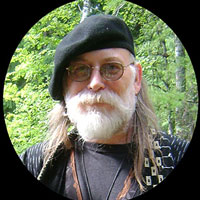



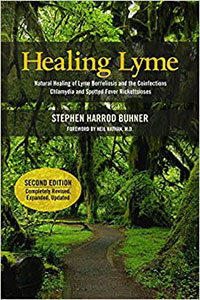
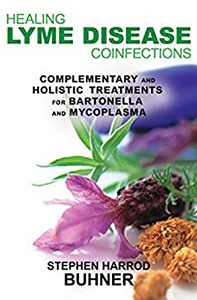
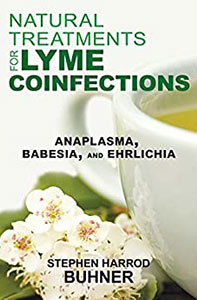
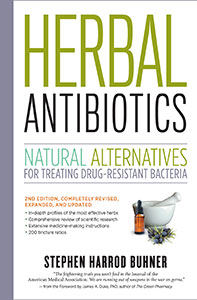
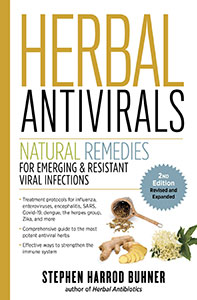



0 Comments